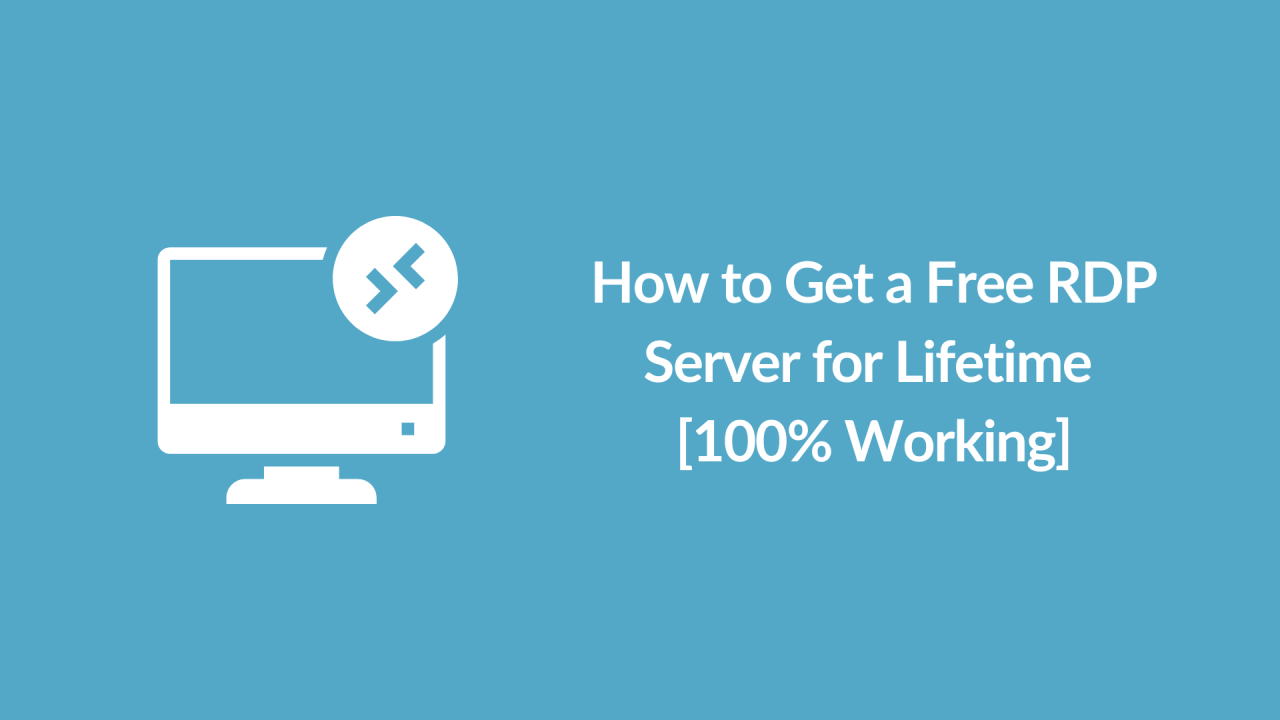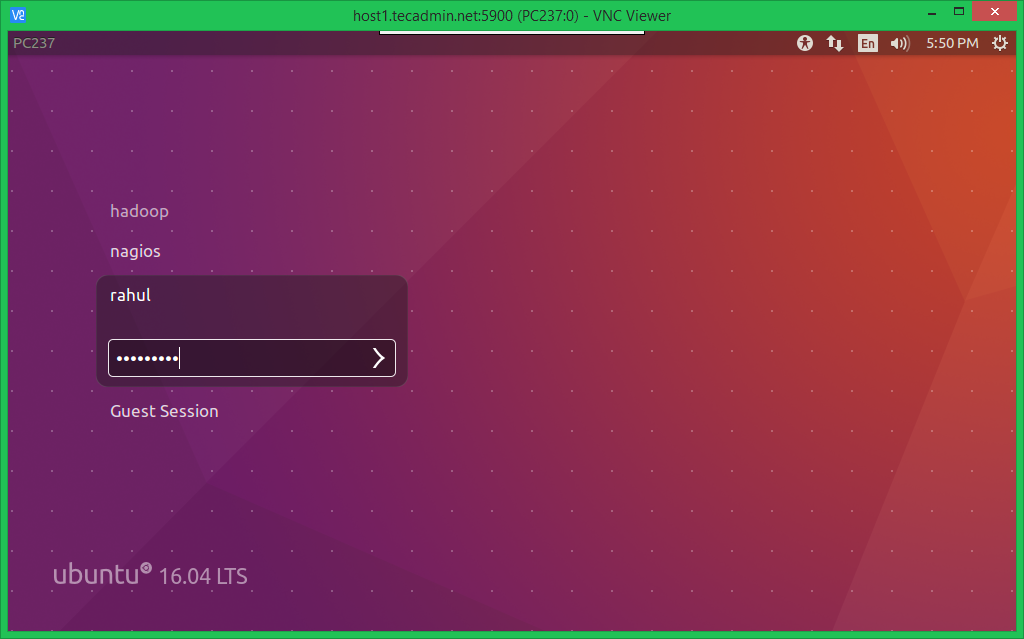Free RDP server offers a gateway to remote access, allowing users to control computers from anywhere with an internet connection. This technology has become increasingly popular, providing solutions for remote work, accessing personal files, and even testing and development. However, navigating the world of free RDP servers requires careful consideration, as security and reliability can vary greatly among providers.
This guide explores the intricacies of free RDP servers, delving into their benefits and drawbacks, security implications, and best practices for choosing and utilizing them. We’ll also examine alternative remote access methods and discuss the legal and ethical considerations surrounding free RDP server use.
Setting Up a Free RDP Server

Setting up a free RDP server offers a cost-effective way to access your computer remotely, making it a valuable tool for professionals and individuals alike. This guide will provide you with a step-by-step process for setting up a free RDP server, covering the necessary security measures to ensure a secure and reliable connection.
Choosing a Free RDP Server Provider
Selecting a reliable and trustworthy provider is crucial for a seamless and secure RDP experience. Several free RDP server providers offer basic functionality, but it’s essential to research their features, limitations, and security protocols.
- Free RDP Server Providers: Consider providers like TeamViewer, Chrome Remote Desktop, or AnyDesk, which offer free plans with basic features and limitations.
- Features and Limitations: Evaluate the free plan’s features, such as simultaneous connections, bandwidth limitations, and session duration. Understand the provider’s limitations to ensure they meet your specific needs.
- Security Protocols: Prioritize providers with strong security protocols, including encryption, authentication, and two-factor authentication. These measures help protect your data and prevent unauthorized access.
Configuring a Free RDP Server
Once you’ve chosen a provider, follow these steps to configure your free RDP server for remote access.
- Download and Install: Download and install the RDP client software from the chosen provider on your computer. The client software enables you to establish a remote connection.
- Create an Account: Create an account with the provider, providing the necessary information. This account allows you to manage your remote connections and access settings.
- Set Up Remote Access: Follow the provider’s instructions to set up remote access on your computer. This typically involves installing a server component or configuring settings to allow incoming connections.
- Generate an Access Code: The provider will generate an access code or unique ID for your computer. This code is required to establish a connection from another device.
Security Measures for Free RDP Servers
Implementing security measures is crucial to protect your data and prevent unauthorized access to your computer.
- Strong Passwords: Use strong and unique passwords for your RDP account and any other accounts associated with the server. A strong password includes a combination of uppercase and lowercase letters, numbers, and symbols.
- Two-Factor Authentication: Enable two-factor authentication whenever possible. This adds an extra layer of security by requiring a second authentication factor, such as a code sent to your phone, in addition to your password.
- Firewall Configuration: Configure your firewall to block unauthorized access to your computer. Allow only specific ports and IP addresses to connect to your RDP server.
- Regular Security Updates: Keep your operating system, software, and antivirus software up to date with the latest security patches. This helps mitigate vulnerabilities and protect against known threats.
Accessing Your Free RDP Server
After configuring your free RDP server, you can access your computer remotely using the following steps:
- Open the RDP Client: Launch the RDP client software on your remote device.
- Enter the Access Code: Enter the access code or unique ID generated for your computer.
- Connect to the Server: Click on the “Connect” button to establish a remote connection to your computer.
- Log In: Enter your username and password to access your computer’s desktop.
Last Point

While free RDP servers can provide valuable remote access solutions, it’s crucial to approach them with caution. Understanding the security risks, carefully evaluating providers, and implementing appropriate security measures are essential for ensuring a safe and reliable experience. By utilizing free RDP servers responsibly, users can leverage their potential for remote work, file access, and various other applications while mitigating potential vulnerabilities.
A free RDP server can be a great way to access your files and applications remotely, especially if you’re on a tight budget. But don’t forget about the power of creativity! You can find amazing DIY projects using everyday items from places like dollar tree diy , which can help you create a more personalized and stylish workspace.
With a little ingenuity, you can transform your remote work experience into a fun and productive one, even with a free RDP server.

